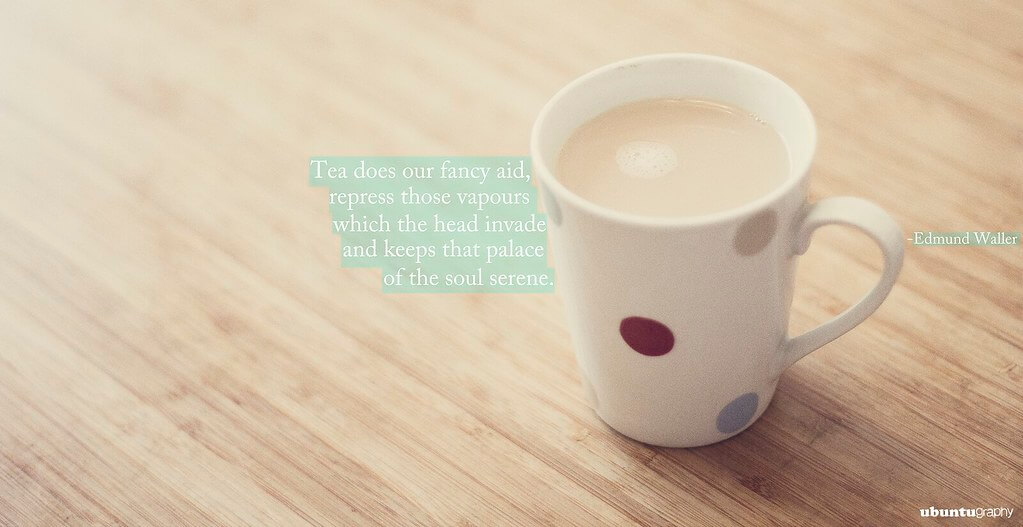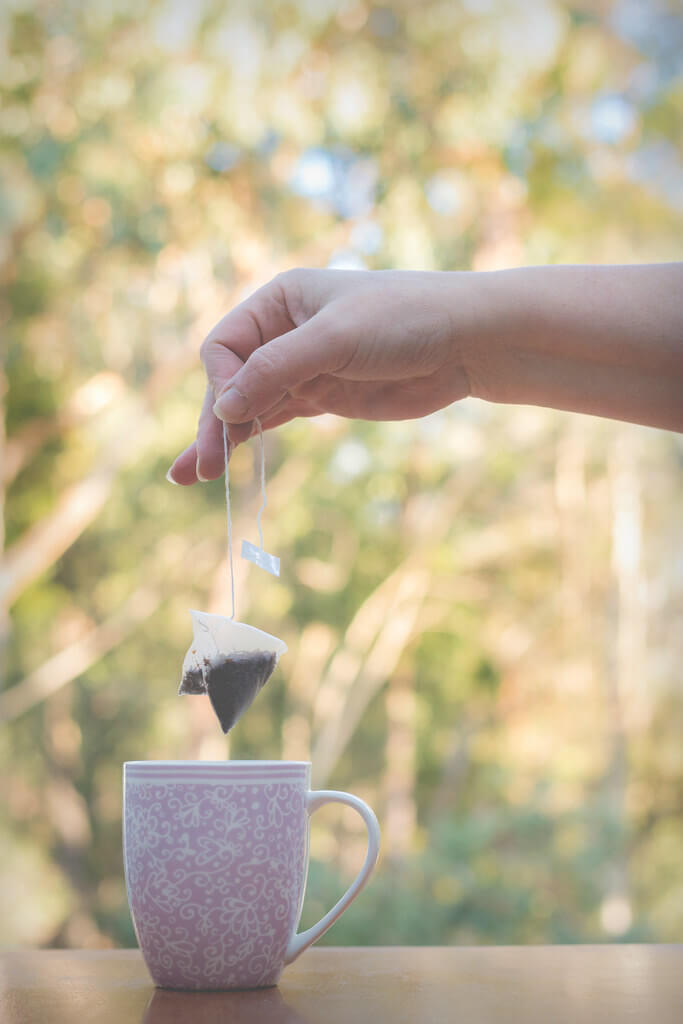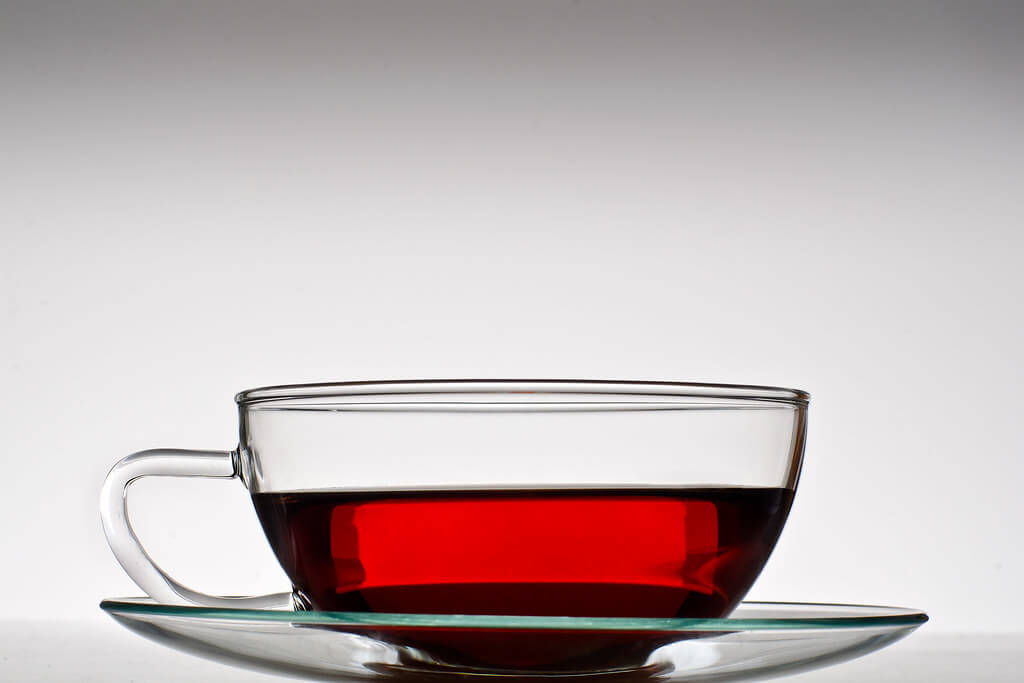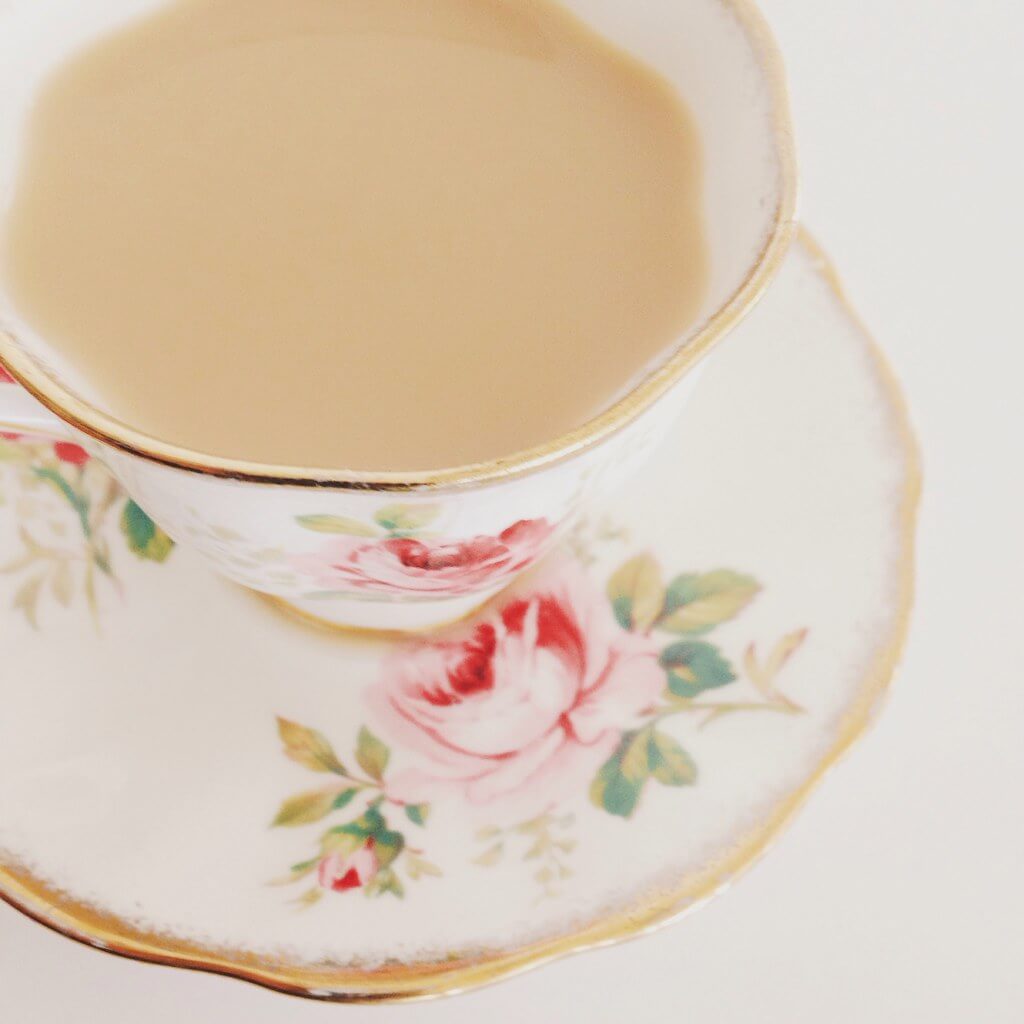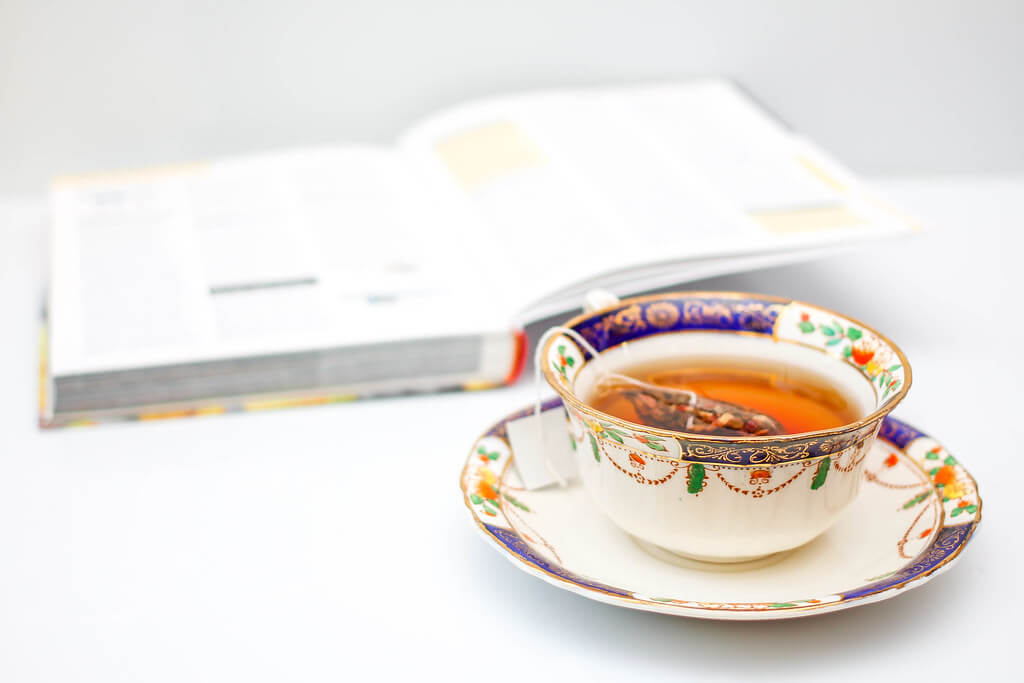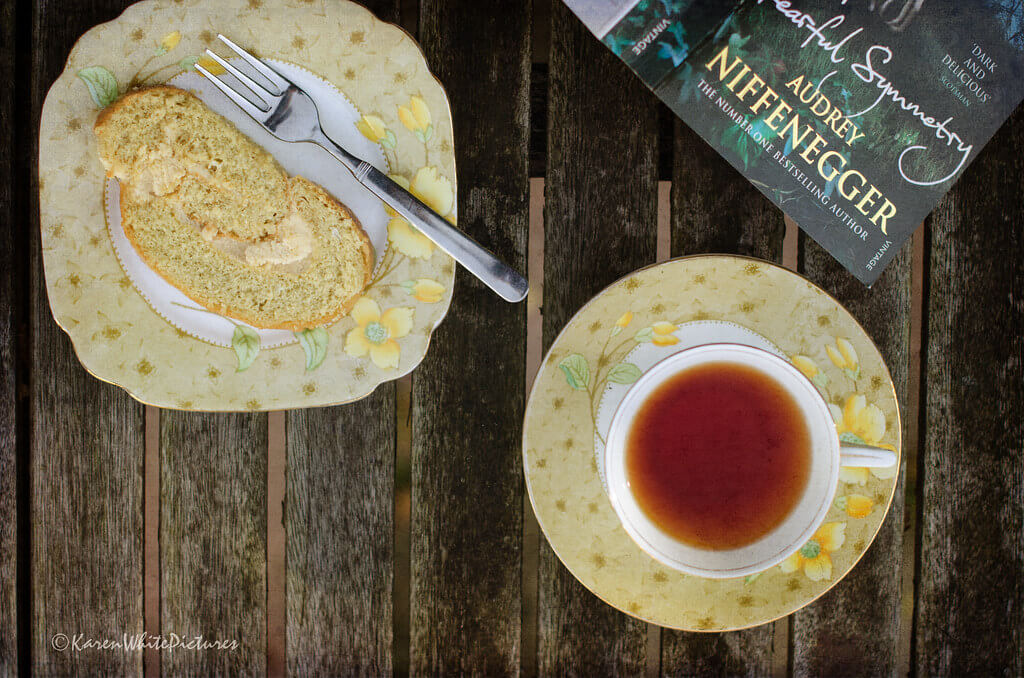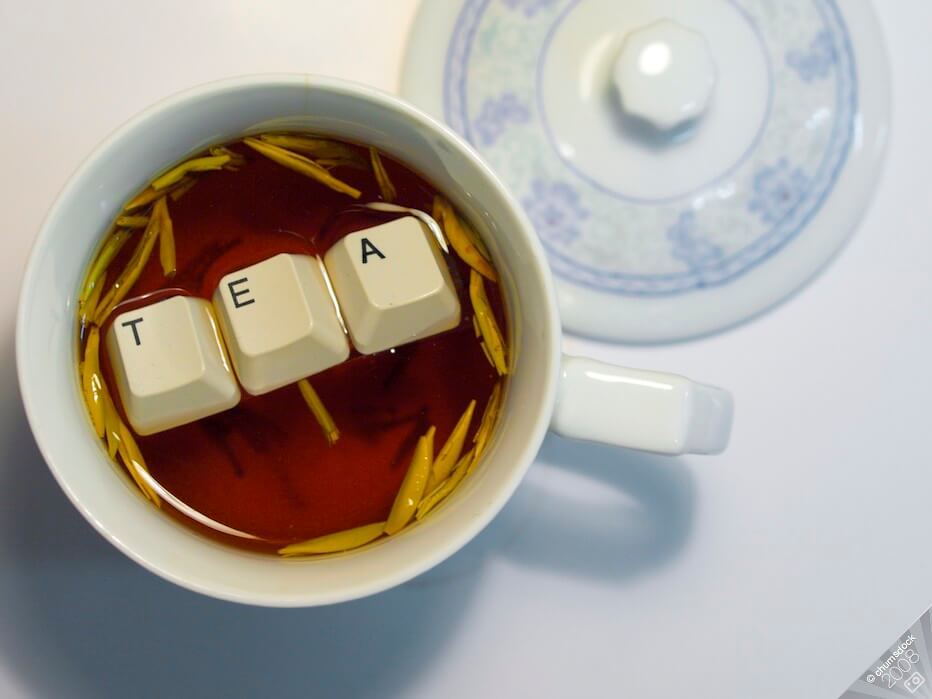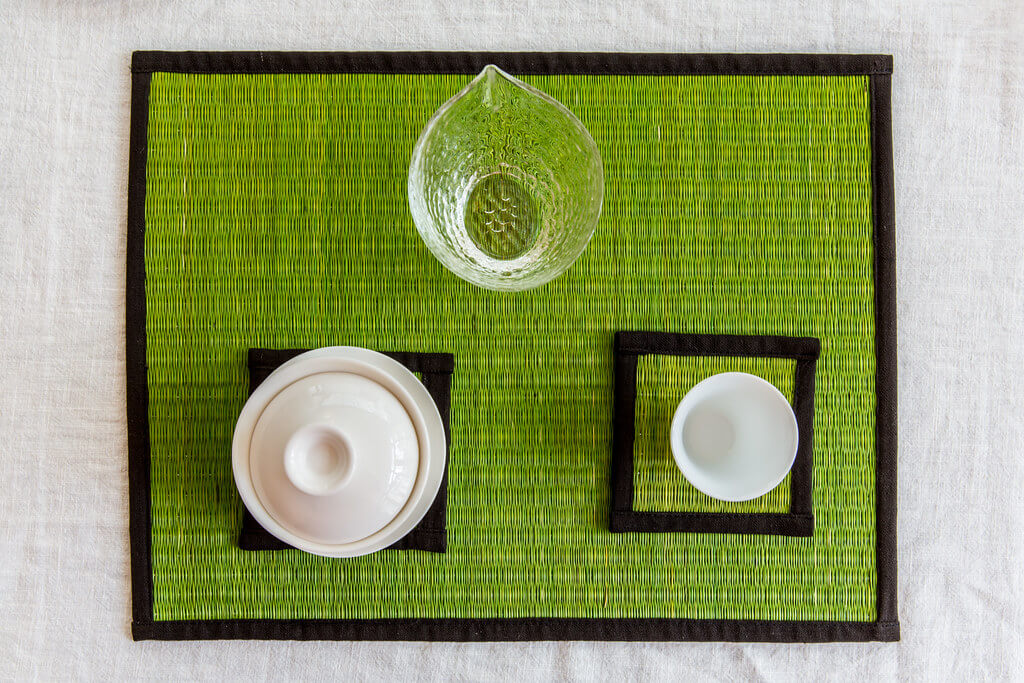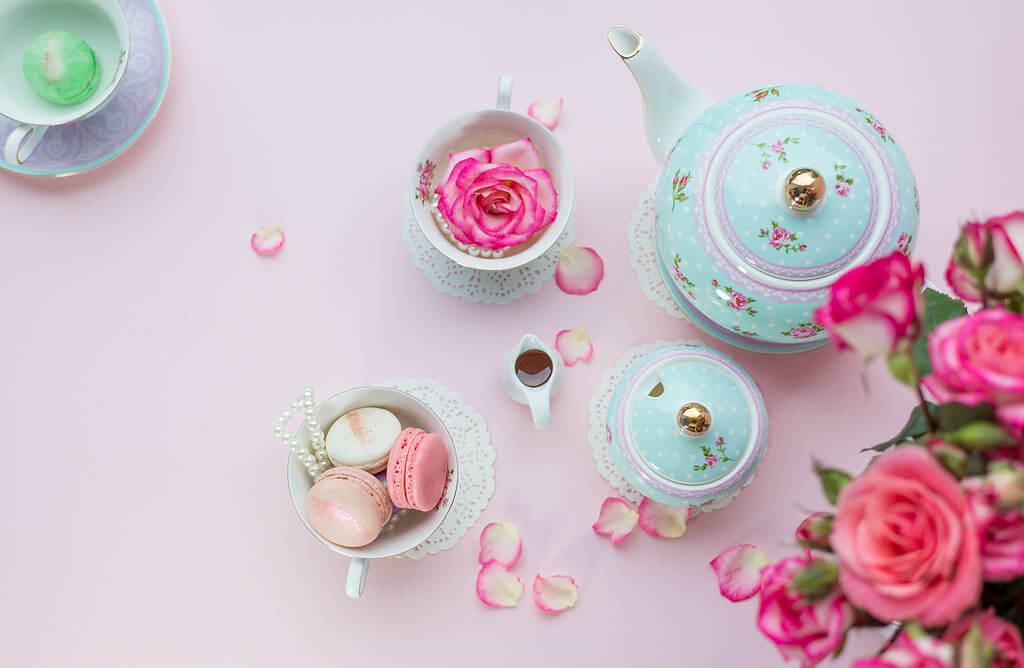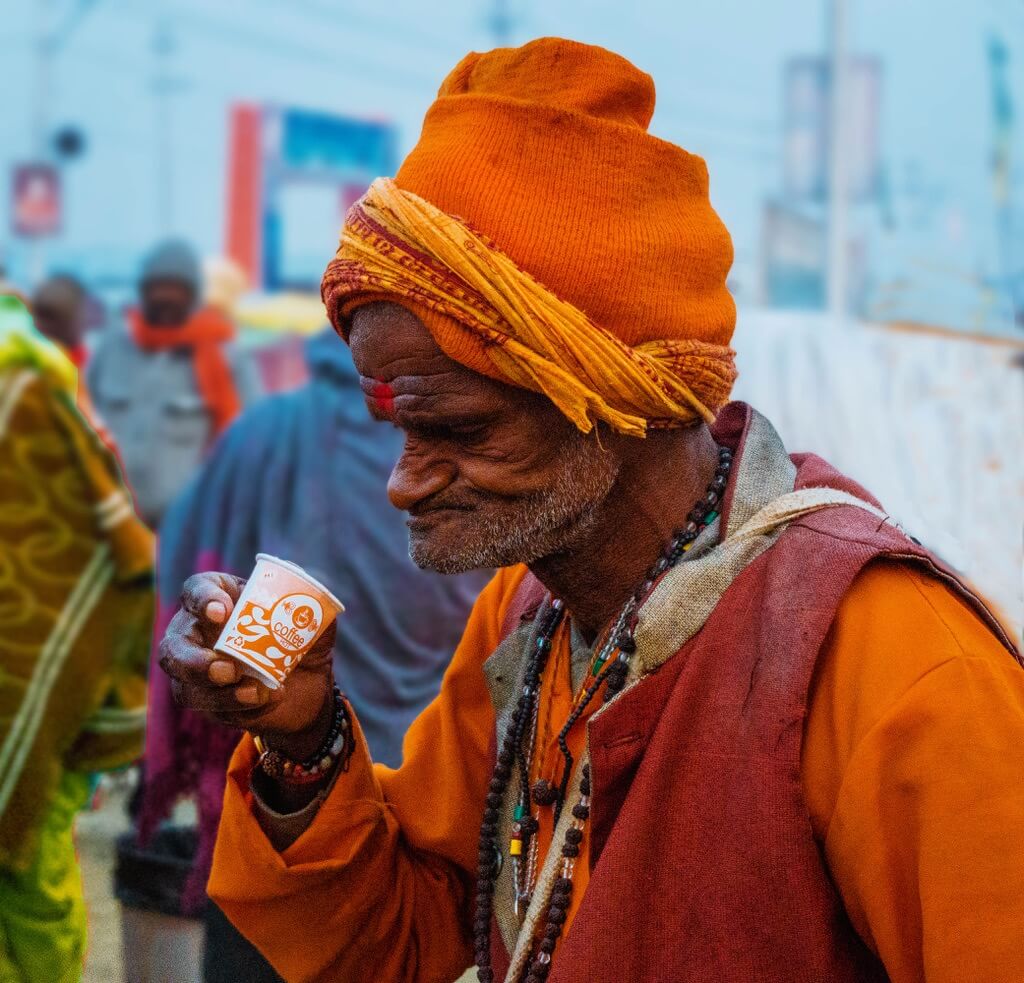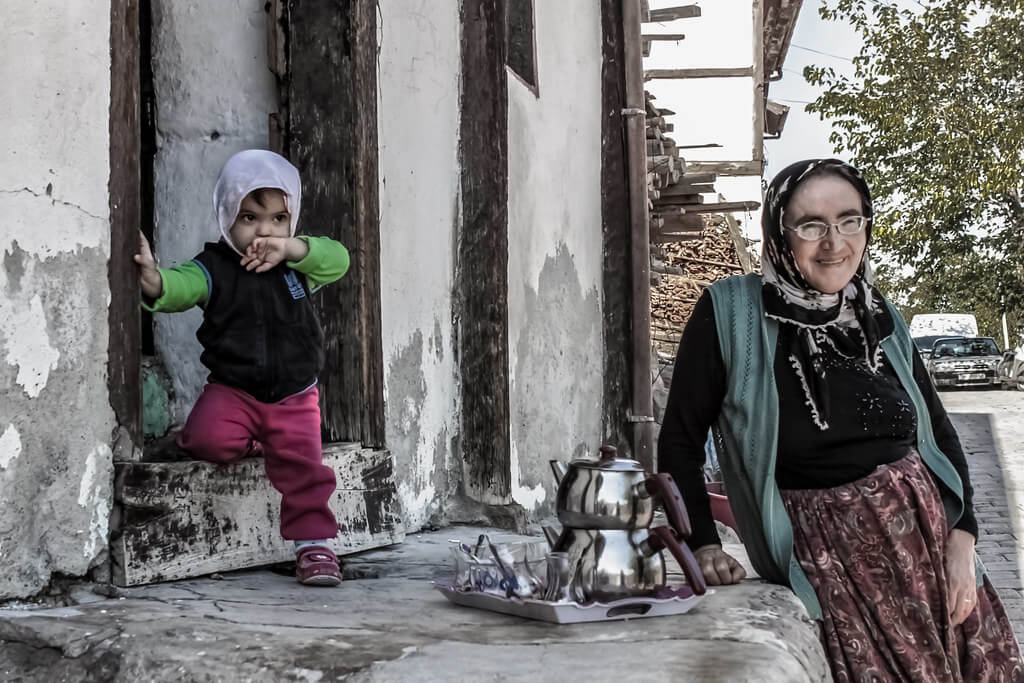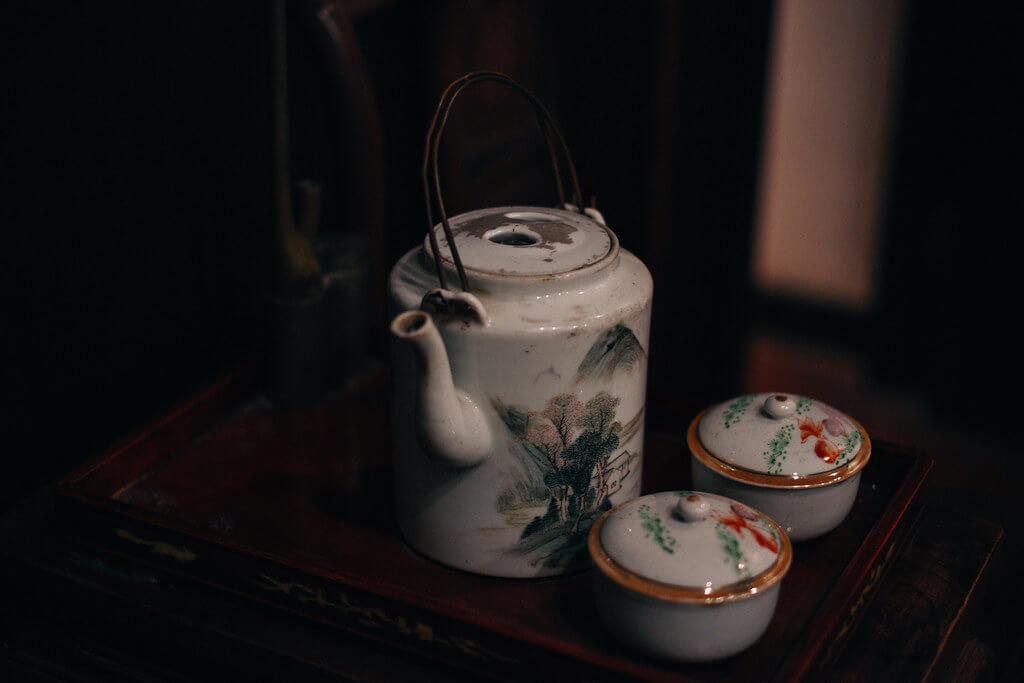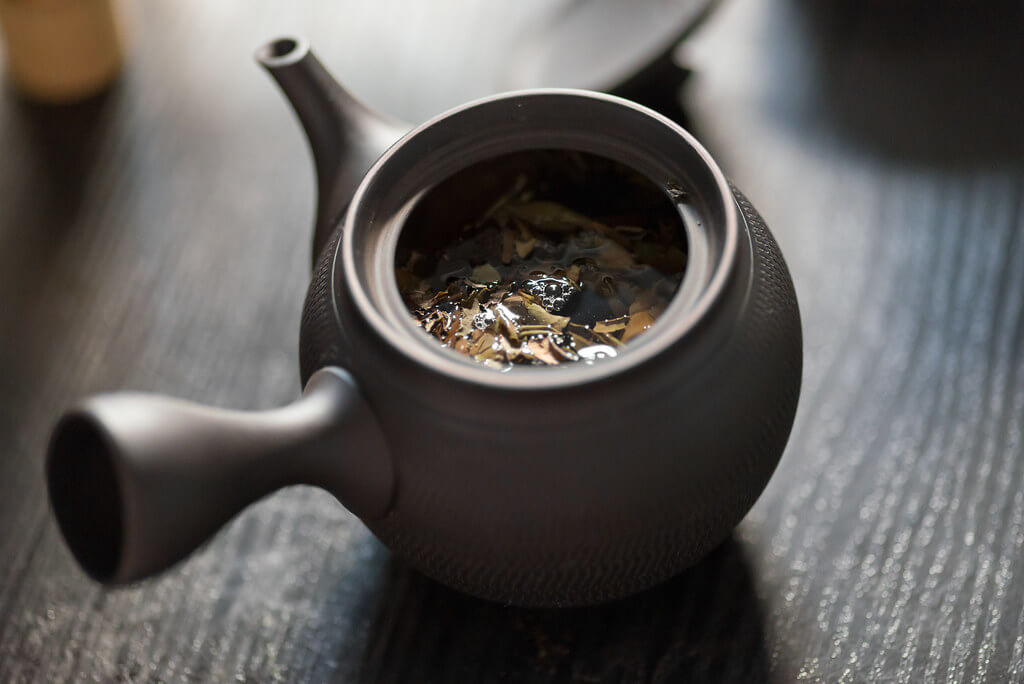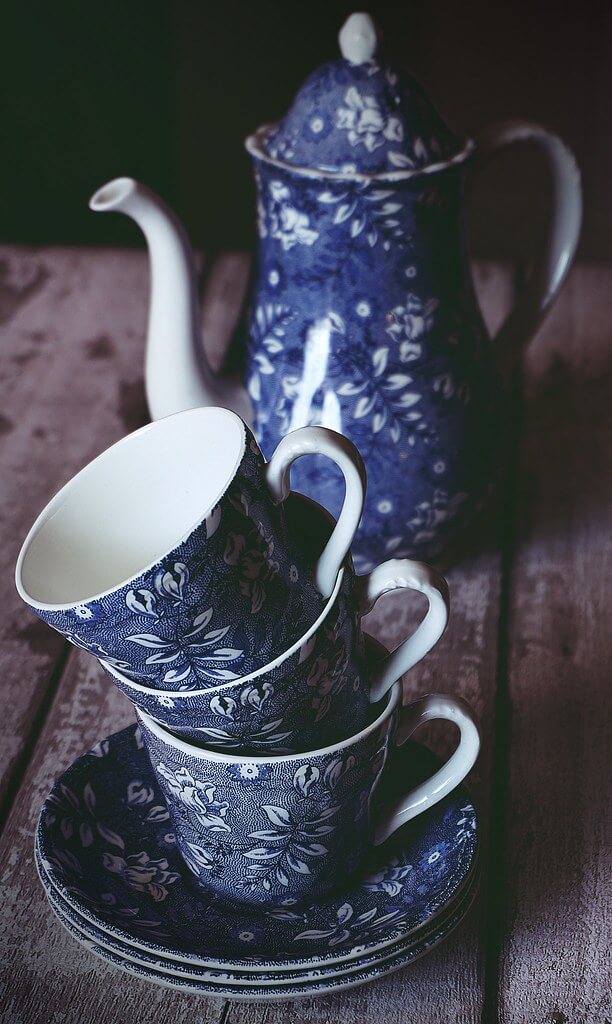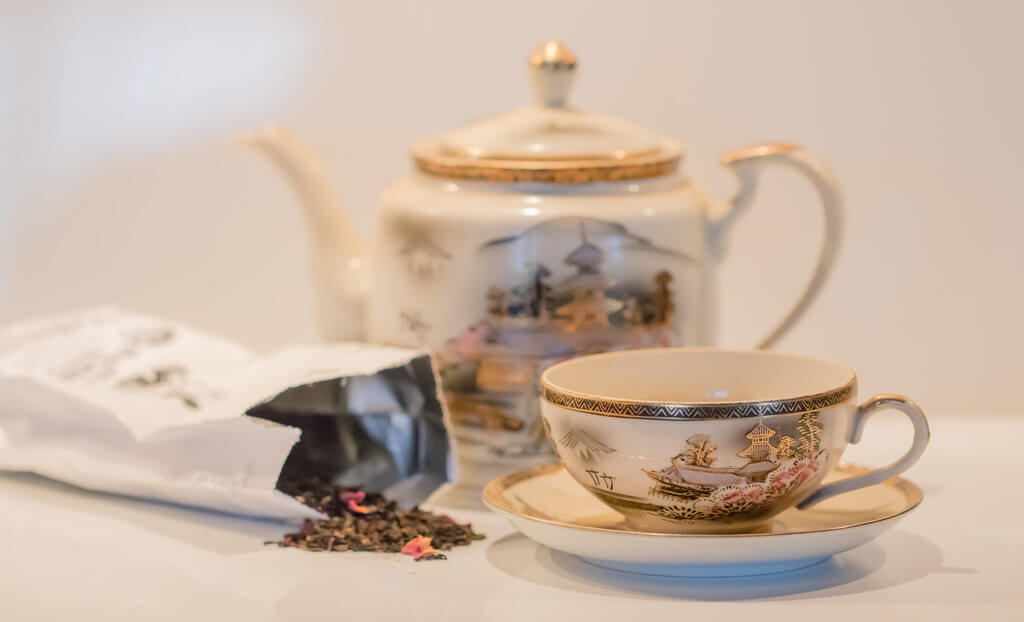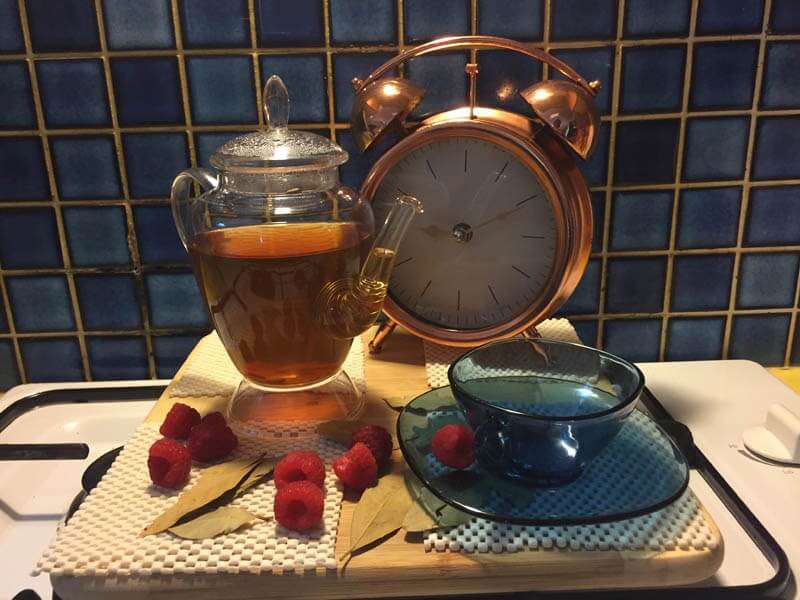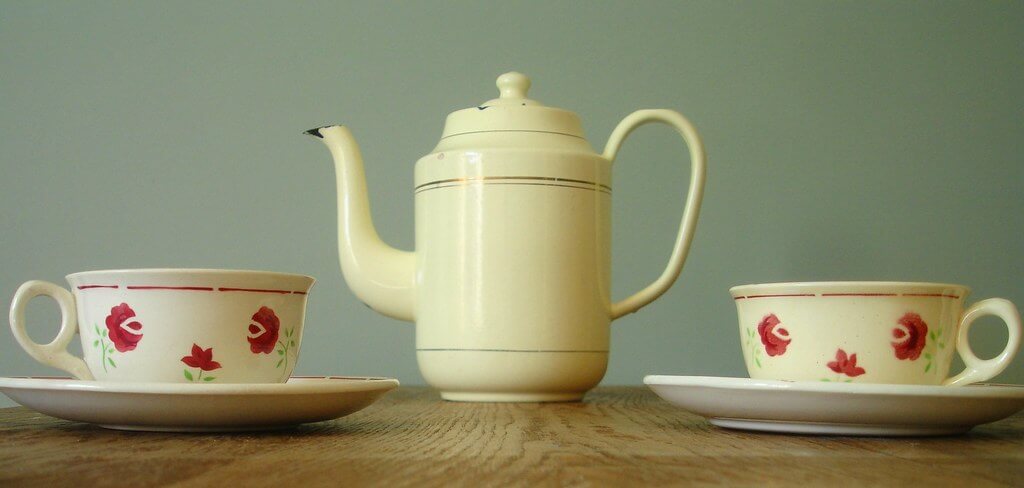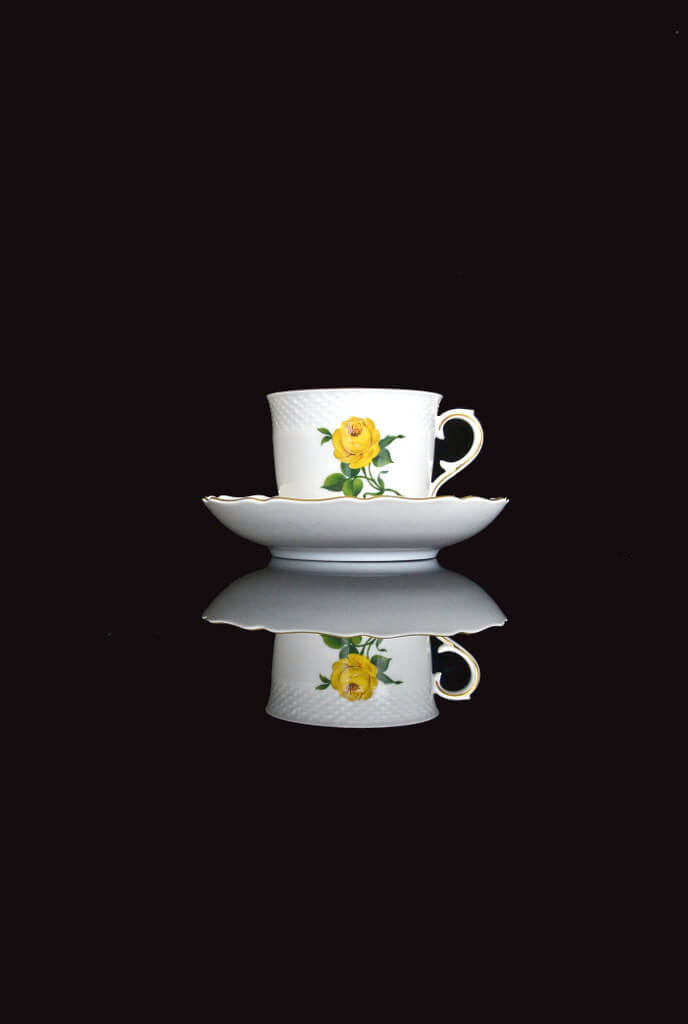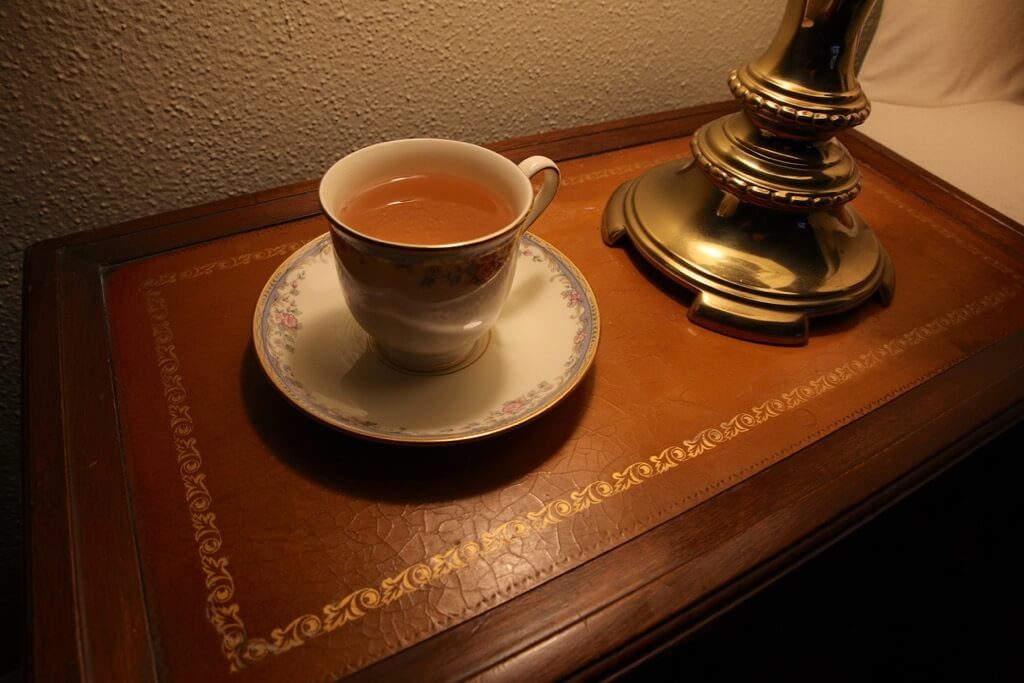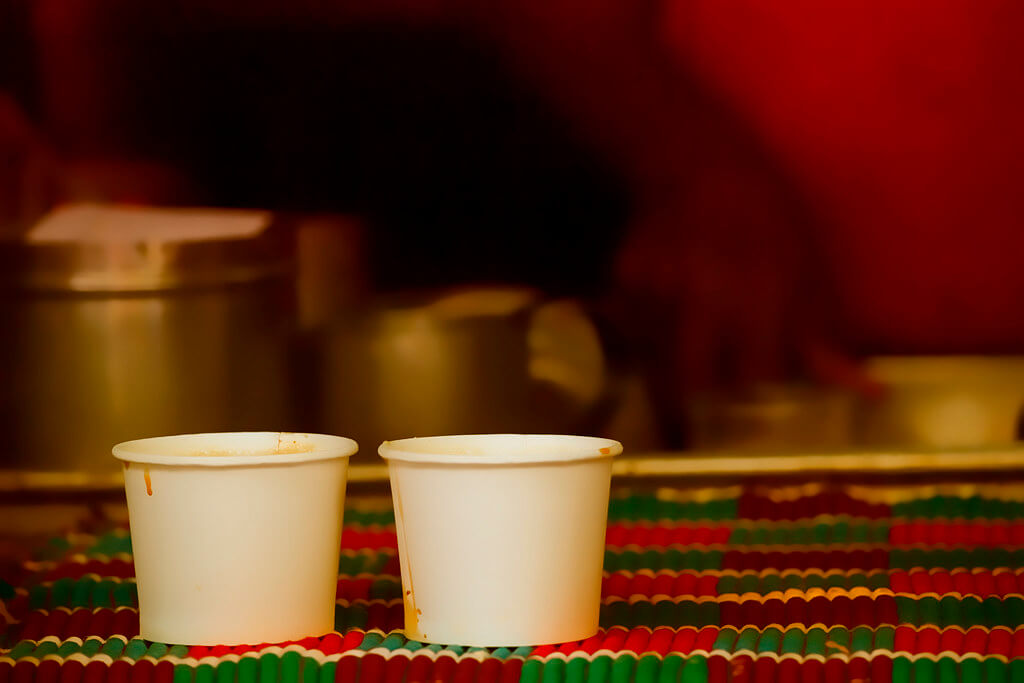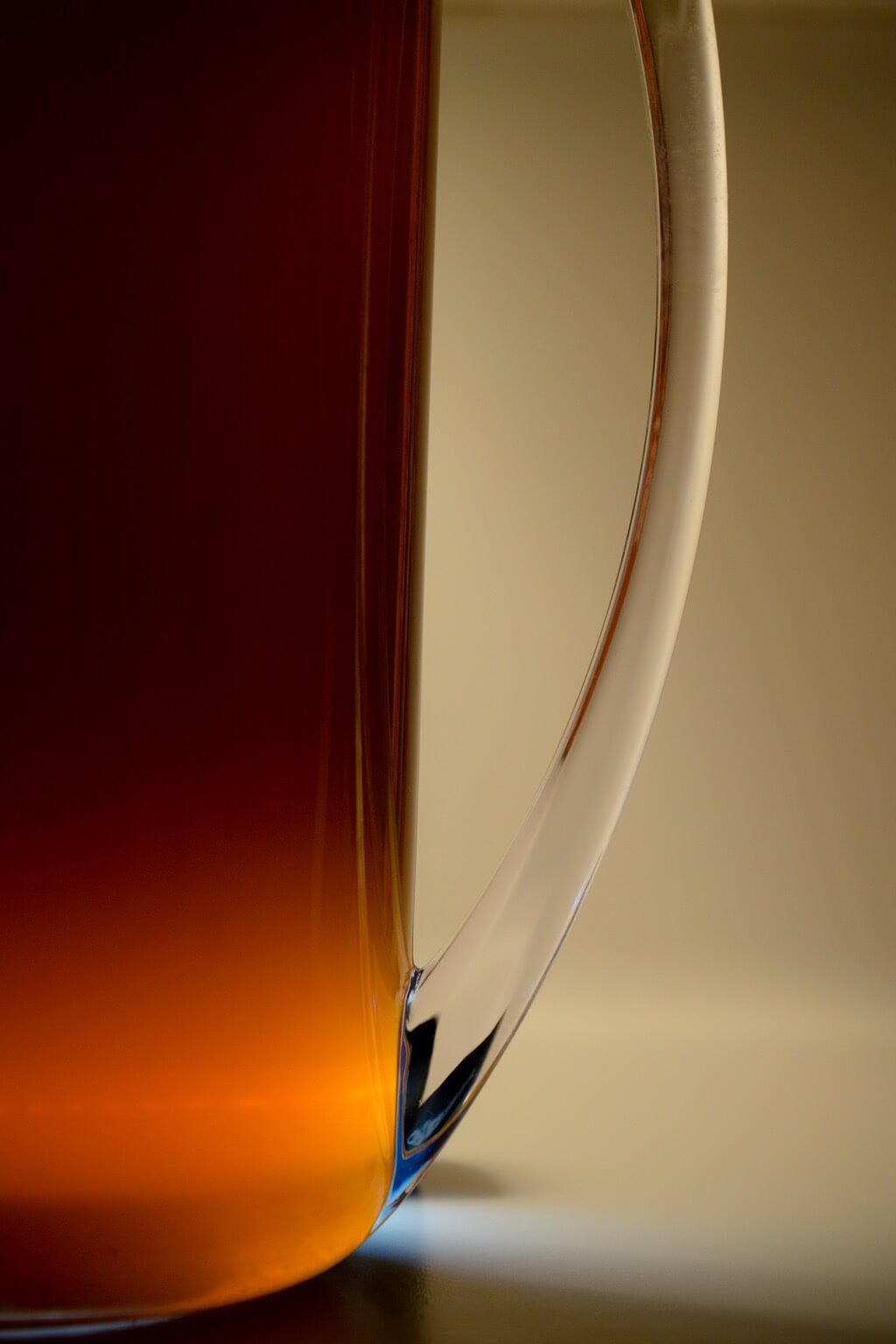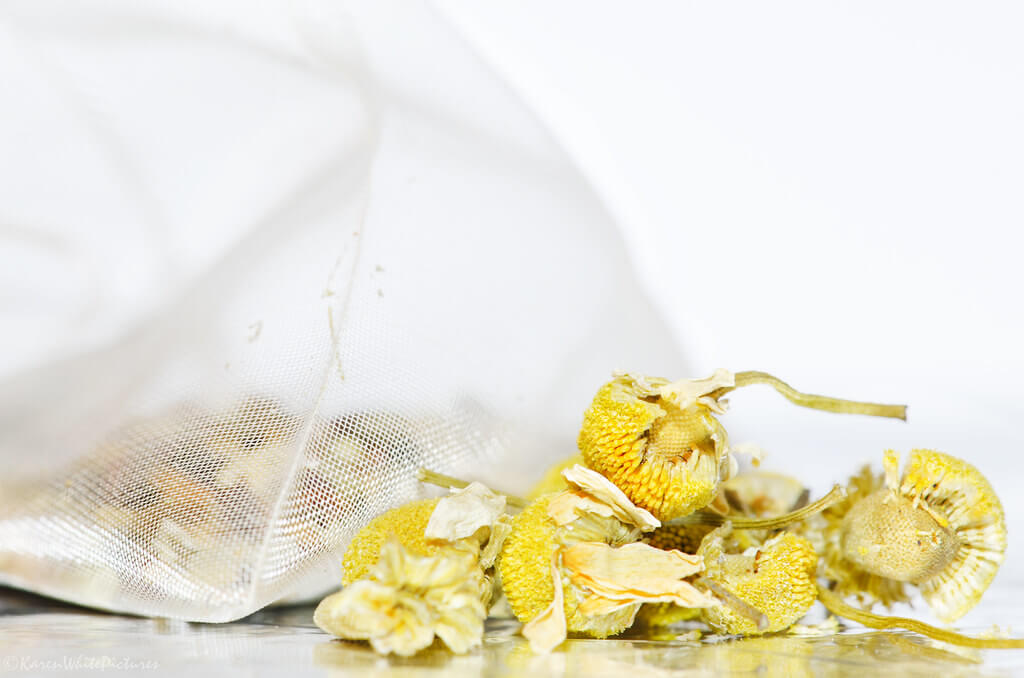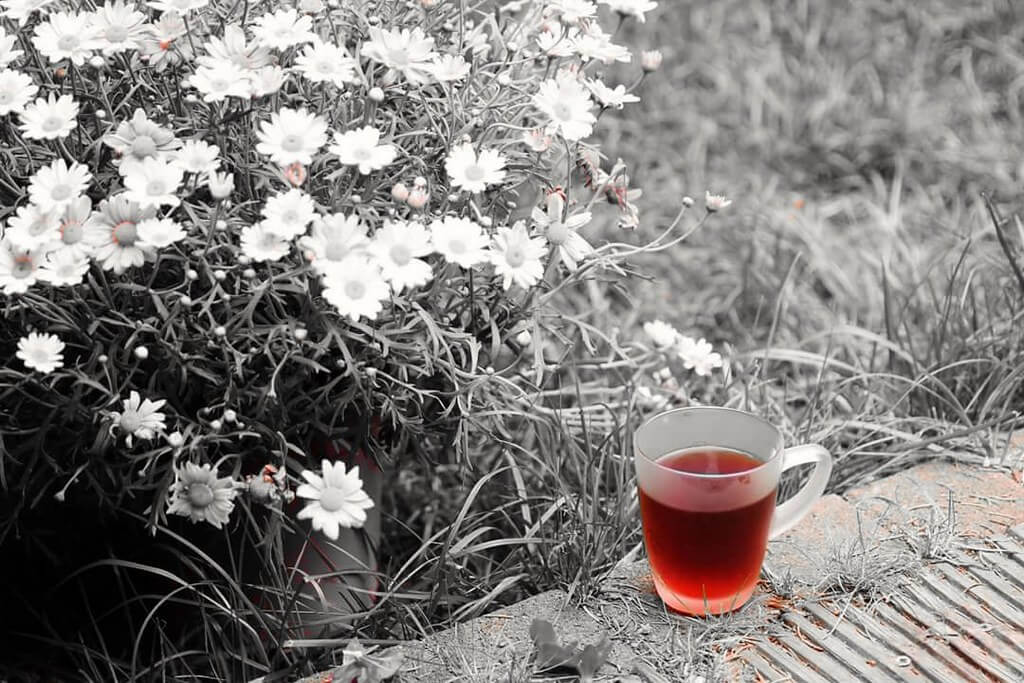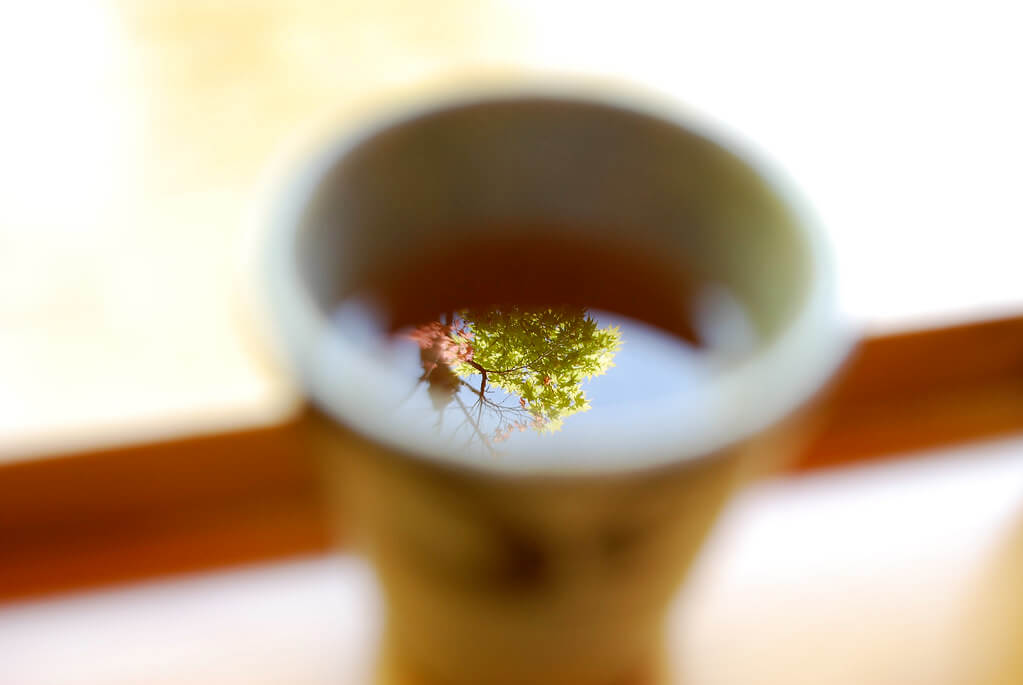Tea is currently the most popular beverage in the world after plain water. According to research by geographer David Grigg, “three cups of tea are drunk for every one of coffee” worldwide.
Though coffee is popular in western countries like the US, tea has a much broader cultural base; it’s common in Asia, the former Soviet Union, and many nations in the British Commonwealth. This diversity can make tea an interesting photography subject, as you’re not only capturing the tea itself, but also the culture behind the tea.
A few months ago, we published a post with inspiring images of coffee, but since tea is actually more popular, it seemed fair to publish a post celebrating tea, too.
Of course, you can often use the same photography techniques for both coffee and tea, since they have a similar cozy atmosphere and are both served in cups. However, tea does have a different appearance and cultural background than coffee, allowing for different creative possibilities. Here are some great ideas to consider when photographing your next cup of tea.
Inspiring Ideas for Tea Photos
Many of the following photos were selected from our amazing community of photographers, who submitted their images either on Flickr or by email. We announced a Photography Challenge via our newsletter, calling for pictures of tea, and we had a great response! We selected images from both professionals and amateurs to show how you can use these ideas regardless of your gear or level of experience.
Experiment with bokeh.
The softness of bokeh matches the coziness of tea, giving your image a cohesive look. But besides this, bokeh can be a practical solution when your background is crowded and distracting – a common problem when you’re taking a spontaneous shot. Bokeh can help minimize this distraction while also making the background more peaceful.
For more inspiring bokeh photos, check out these 40 beautiful examples of bokeh photography.
Ilina Bareja – Interesting flavours at the Sydney Tea Festival
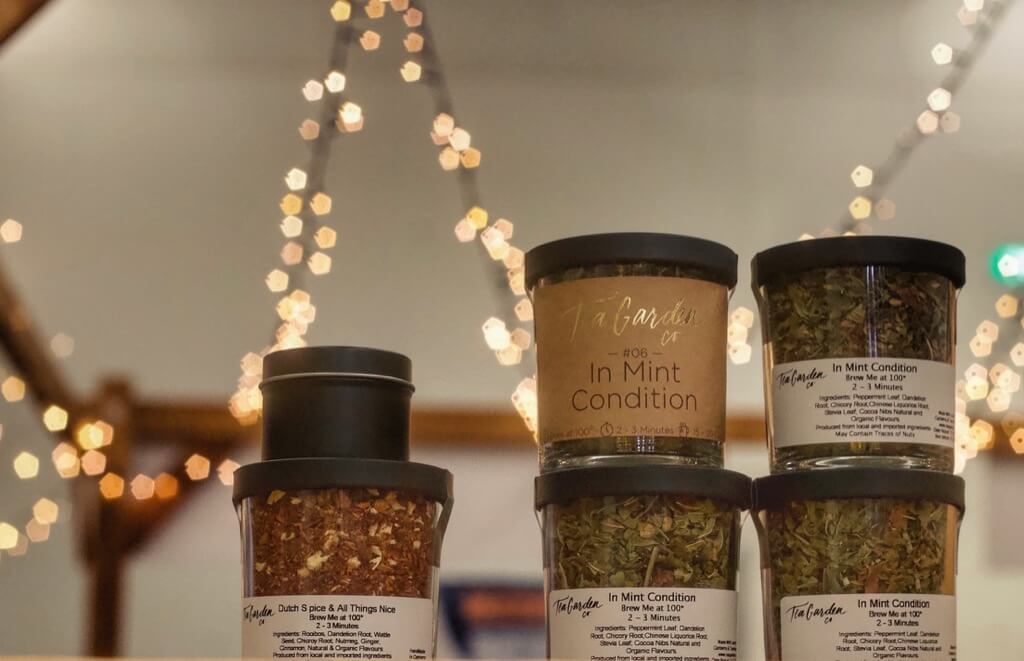
freestocks.org – Tea on the countertop
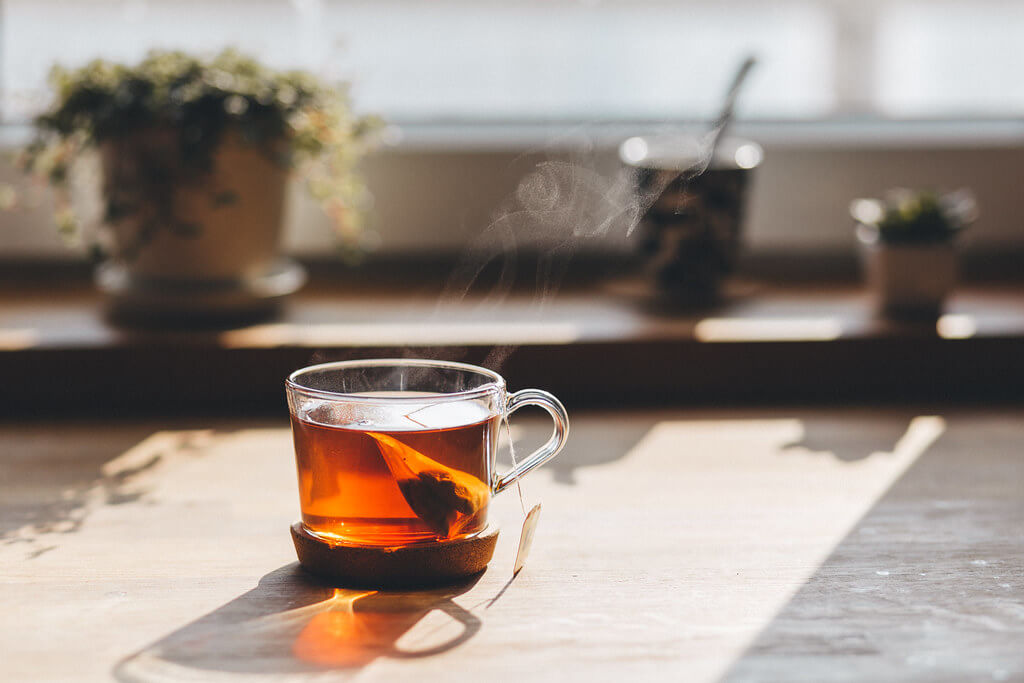
Thadd Grant – Christmas Tea and Cookies

Laura D’Alessandro – Tea Time with Mooncake Pt. II
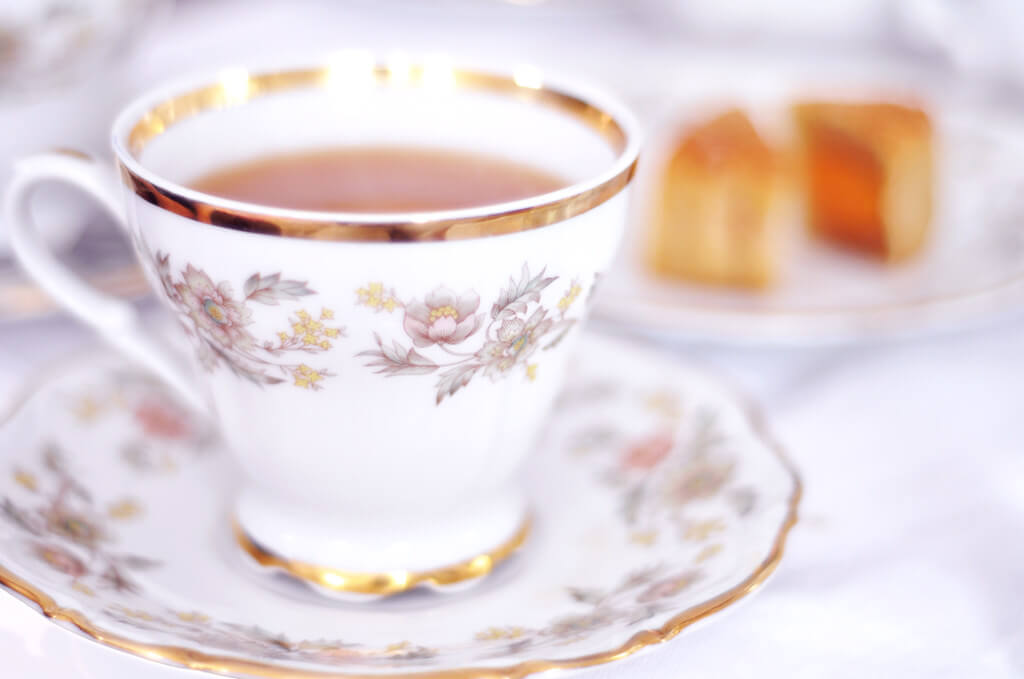
Use a white background.
Many teas have a nice orange-red hue, though it’s not vibrant enough to compete with other bright colors. The best way to show off this color is to place it against a white background. This strategy can work well for the drink, as well as for elegant teacups and dry, loose-leaf tea. As long as the lighting is bright and even, you can get fantastic photos this way.
Marco Verch – White Cup of tea and dried rose buds in saucer
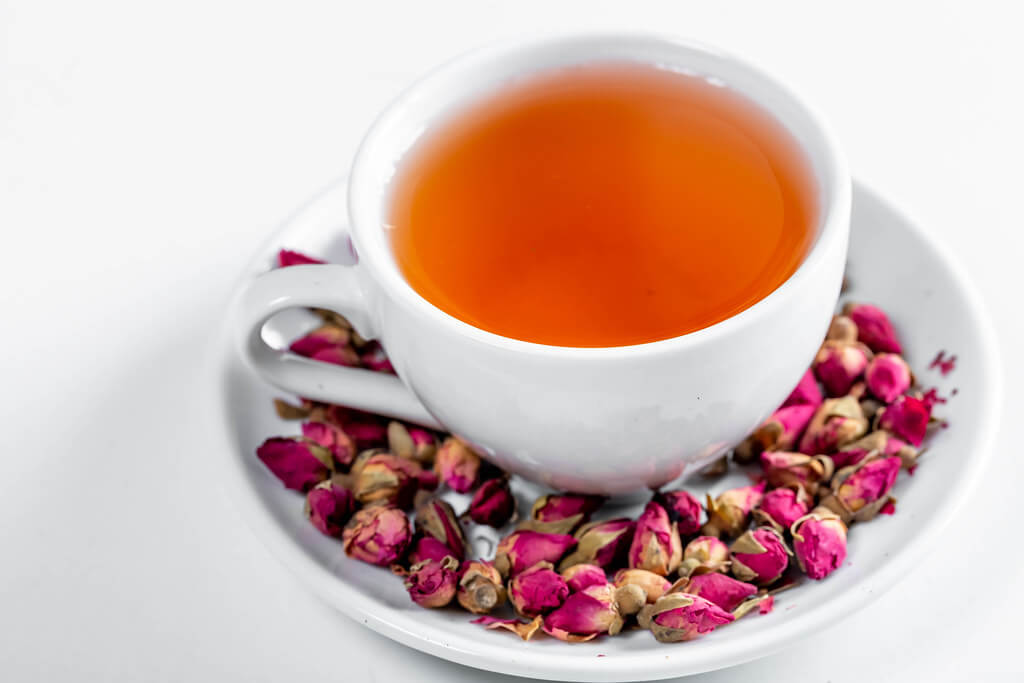
Marco Verch – Nahaufnahme von getrockneter Kamille im Glas

Shoot from above.
This birds-eye perspective is a good composition for many photos of drinks. Otherwise, when you’re shooting from the side, the drink will be hidden by the cup. Also, when you’re shooting several subjects at once, like a book and tea together, you can compose the photo more easily when you’re shooting from above. The subjects won’t block each other, and you can position everything so the photo looks balanced.
Dmitry Fablov – Cold weather, warming tase
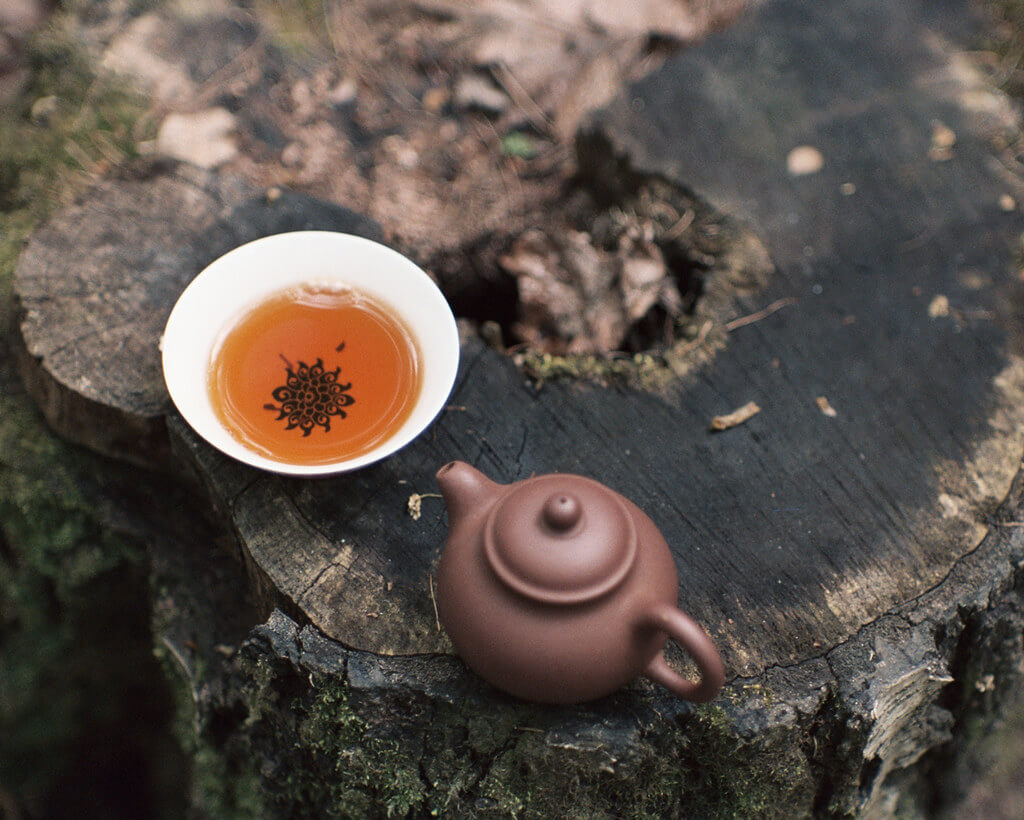
Focus on the people.
As mentioned in the introduction, tea is a popular drink in many countries and cultures. This cultural diversity isn’t always clear in a still life photo of tea, though. It’s more obvious when you take portraits or street shots of people drinking tea. These people-oriented photos provide more cultural context and show more of the story behind the tea.
Jeff Biggin – A cup of tea by the beach
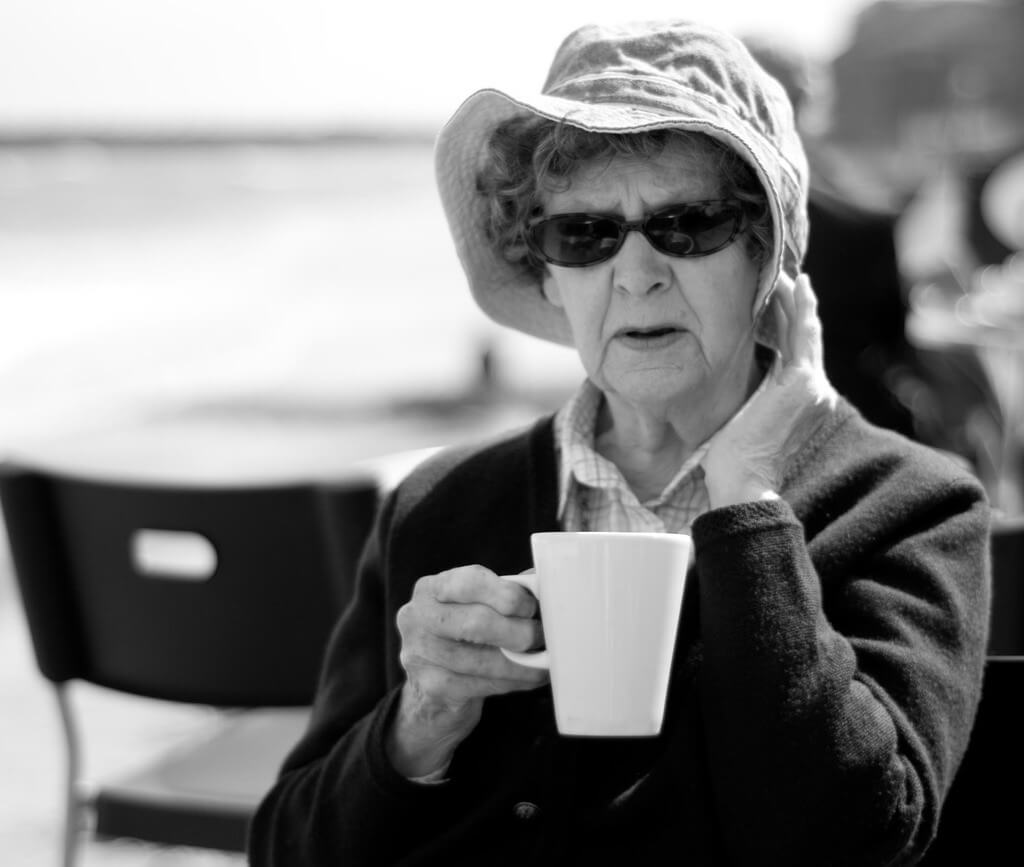
benoit alluin – Un thé très léger

Choose a beautiful teapot or tea set.
Although tea is common among all classes of people, it still has a somewhat sophisticated reputation in the West, perhaps because it was originally a luxury good in Europe. When tea was first introduced to Europe in the 17th century, it was expensive and fashionable among the upper classes alone, who believed it had strong health benefits.
When the price of tea dropped a couple centuries later, it stopped being a luxury and instead became an everyday drink in all levels of society. Nevertheless, it kept its refined reputation and is still often served in classy teapots and teacups. Even if you don’t like tea, a unique tea set can be lovely enough to photograph on its own.
Create symmetry.
Tea sets are not only pretty; they’re also well-suited for symmetrical photos. By composing your image with symmetry, you’ll make it more eye-catching and more peaceful. That’s because symmetry helps to create balance and harmony in a photo. This symmetry doesn’t have to be a perfect, mirrored image. It can be as easy as placing two cups next to each other instead of just one.
Matthew Johnson – Where there’s tea, there’s hope…
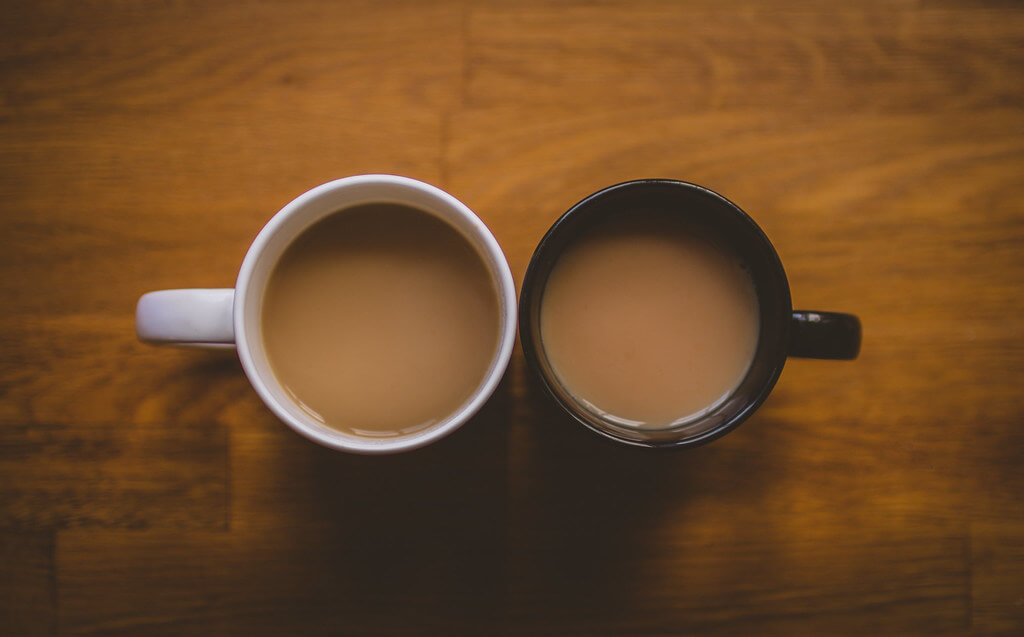
Take a close-up photo.
Macro or close-up shots can bring attention to small details that otherwise go unnoticed. These beautiful details are everywhere, even in a common cup of tea. By looking carefully at the tea you’re photographing, you can probably find at least one detail that’s worth shooting up close.
Dave Govier – Storm in a teacup
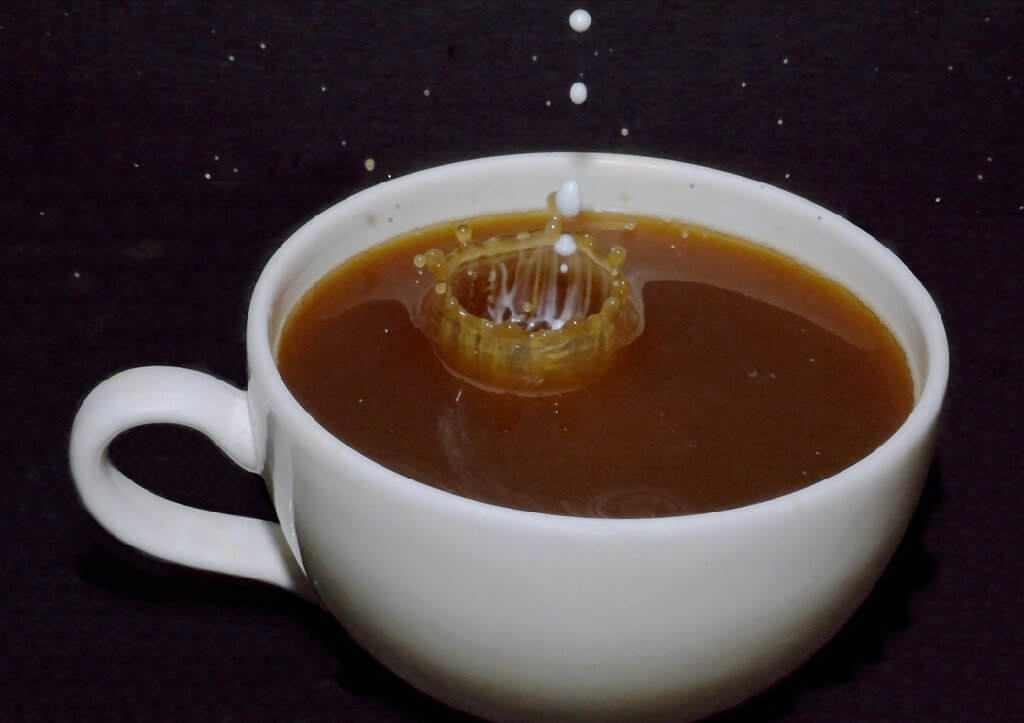
Karen White – rooibos chai tea with star anise
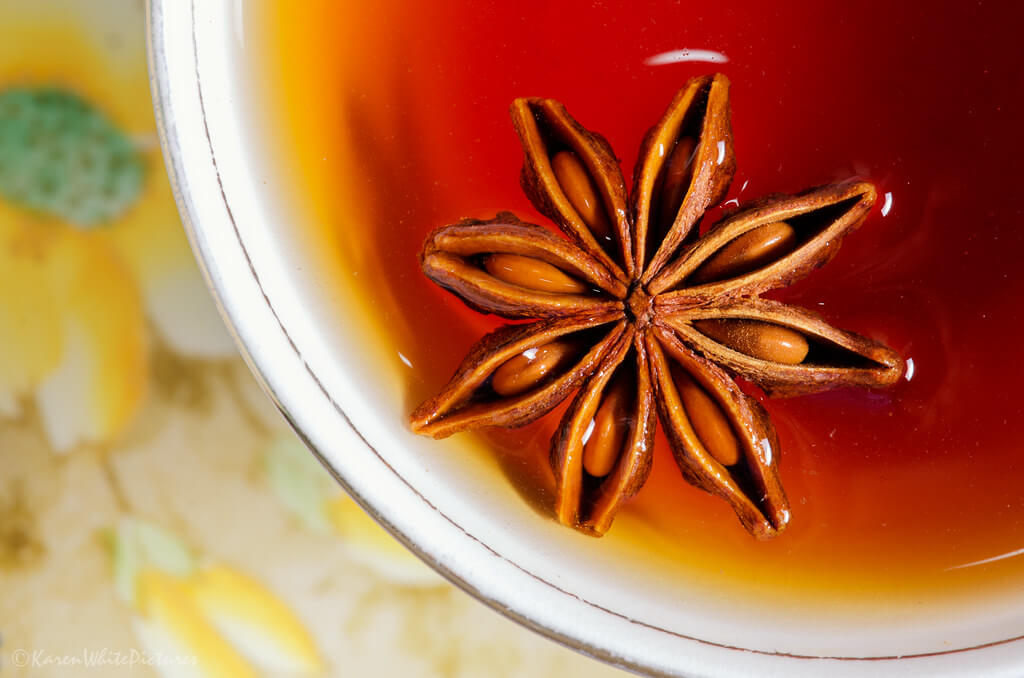
Try something new.
Commonplace subjects like tea are ideal for experimentation. You don’t need to travel far or wait for the right circumstances to get unique photos of them. You can use them to try new ideas whenever, wherever. Though simple, a cup of tea can be a springboard for learning and practicing all kinds of photography techniques, from photo manipulation to long exposures.
Joanna Kovalcsik – Amber Serenity
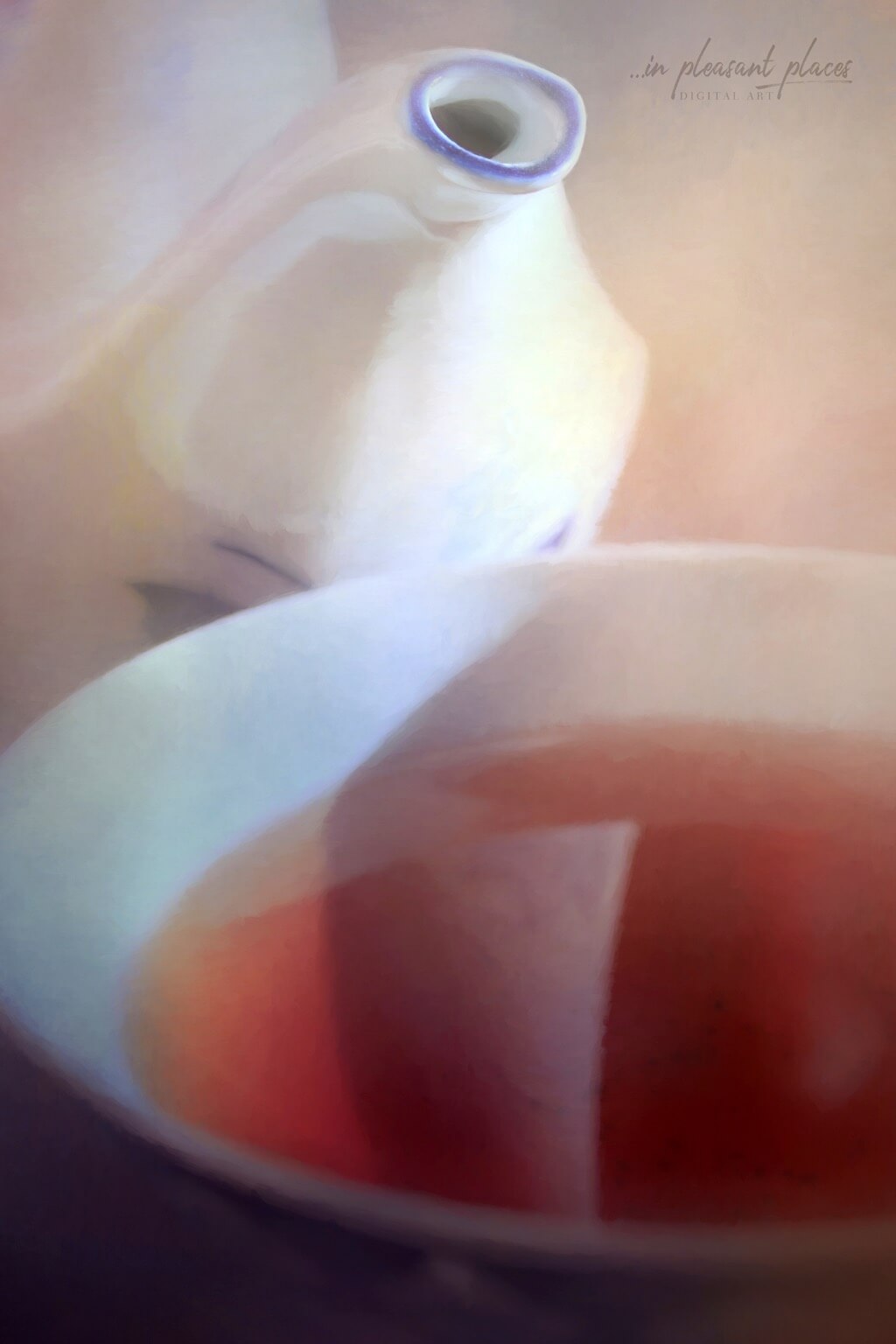
ubuntugraphy – Tea: My addiction
